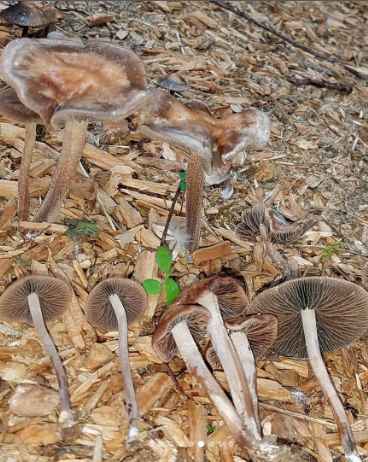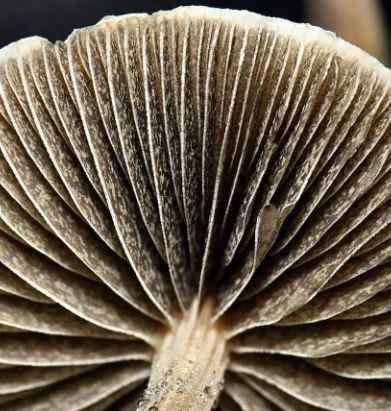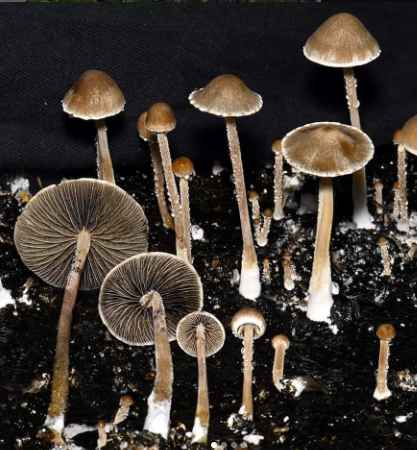Panaeolus cinctulus


Image by Alan Rockefeller
The caps can grow from 0.5.-2” with a convex shape maturing having an umbonate flatted shape. When young it has a striking cinnamon-brown color. It is hygrophanous causing a saturated color, drying from the center, having darker outer bands. Turning a dark blackish color when wet. The gills are cream colored when young, becoming mottled with age darkening from a brown color to a blackish color. With indole content range of 0.1-1.8% Growing up to 4” tall, the stem can be reddish brown in color, often pruinose & hollow. It grows around the world in well fertilized lawns, rarely directly on dung. Seen from spring to fall.
Lookalikes Pholiotina Rugosa & Deconica Inquilina.
Description









